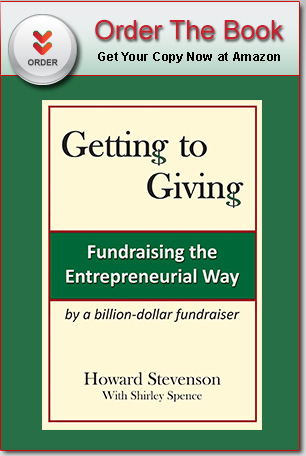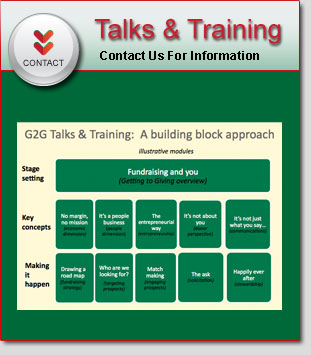At the risk of sounding contrarian – yes, once again – my first reaction is: “Don’t do it.” That said, I understand where the question is coming from. Nonprofits are facing extraordinary financial pressures, and are grasping for solutions. A quick online search of endowment advice yielded more than one recommendation like this:
Maybe you think endowments are just for big nonprofits such as universities and hospitals. But an endowment is something a nonprofit of any kind and size can attain. It also is something that can insure your organization against the future… That you have an endowment can be enormously comforting for donors too.
I must take exception, on a number of counts.
First, for most organizations – who are not like Harvard, with a 375 year history – part of the reason you need the money is because you are in transition. The world is constantly changing on many fronts – customers, competition, technology, and so on – and you must adapt, to survive and thrive. Your organization may not look the same or be doing the same things in five or ten years.
Second, donors know that the future is uncertain. If their motivation is to leave a legacy, they increasingly are skeptical about traditional endowments targets like a building (which likely will be torn down after 50 years) or a cure for a disease (which – hopefully – will be accomplished, and then what?) or even an endowed chair (HBS found itself wondering what to do with a chair dedicated to railroads).
Third, even with an endowment, if you’re not doing a good job, you will go out of business. It can be a lot easier and more effective to solicit a five or ten year spend-down gift from a visionary donor, especially for small to medium sized organizations. With a solid plan, you can reassure donors that their money will help you do a great job and prove your model… and warrant another gift.
Fourth, the payout numbers are better. Take an endowment of $1 million. At a 5% return – remember, you can’t touch that principal – you’ll get $50,000 a year in spendable income. With a 10-year spend-down, we’re talking $129,000 a year. With a five-year time frame, that increases to $231,000. That’s a meaningful increase in the impact that a donor’s money can make on your mission work.
Fifth, stability – a primary reason proponents argue for endowments – can work against you. Organizations can become more trustee-like than entrepreneurial in their attitudes and behaviors. (Click here for the spectrum.) The result can be complacency and a failure to make the tough decisions in time. Organizations that have to live by their wits are most likely to change with the times.
A final word of caution: people underestimate how hard it is to manage money. An endowment isn’t just about raising money, and stewarding donors’ gifts or bequests. Money management requires specialized expertise, and managing a $500 thousand endowment can be harder than managing a $500 million one. A severe endowment loss can impact an organization’s reputation, as well as its financials.



